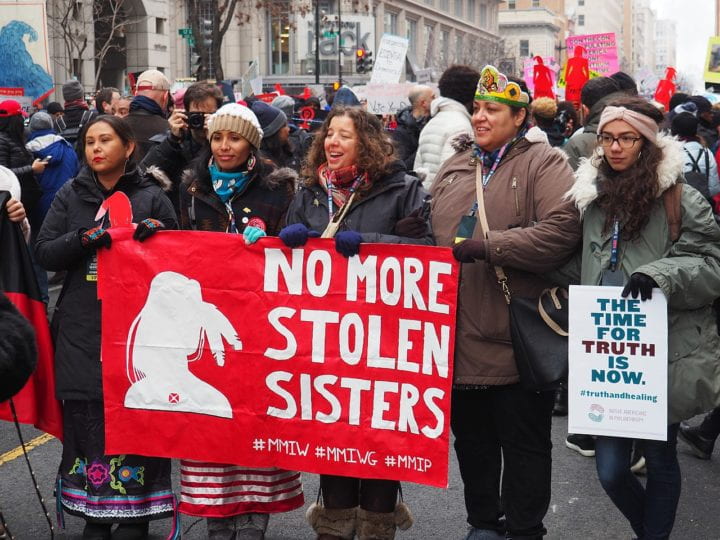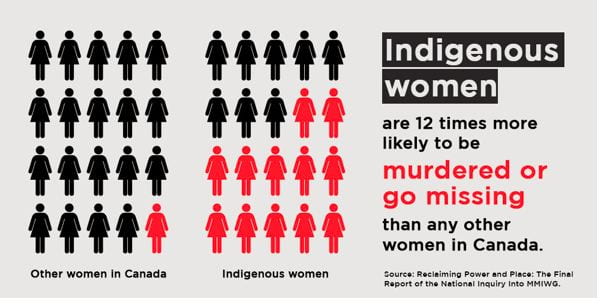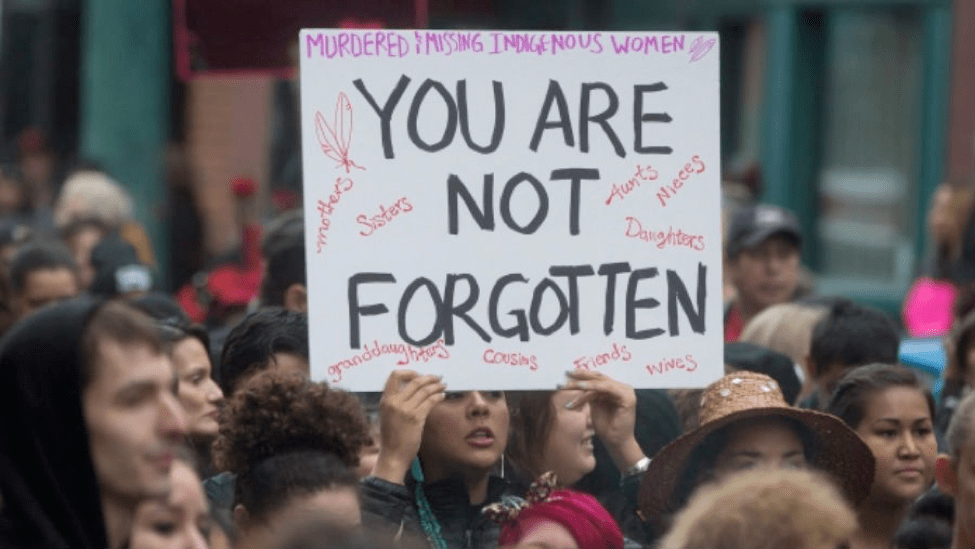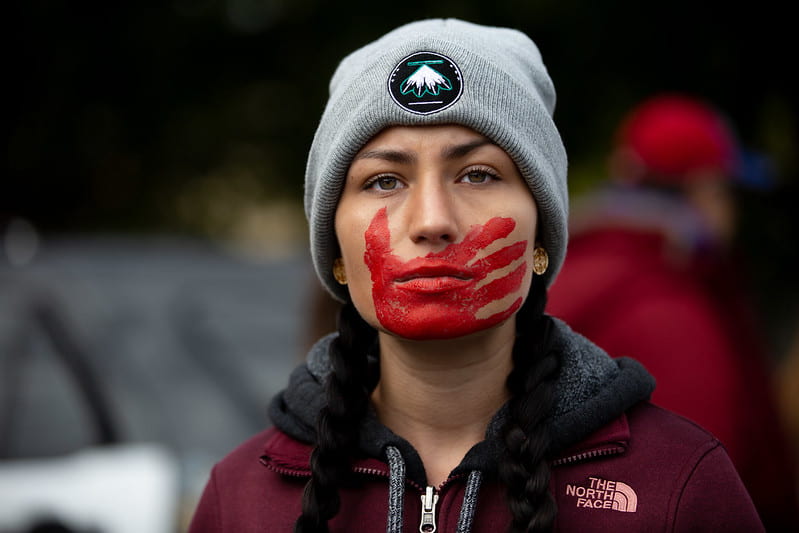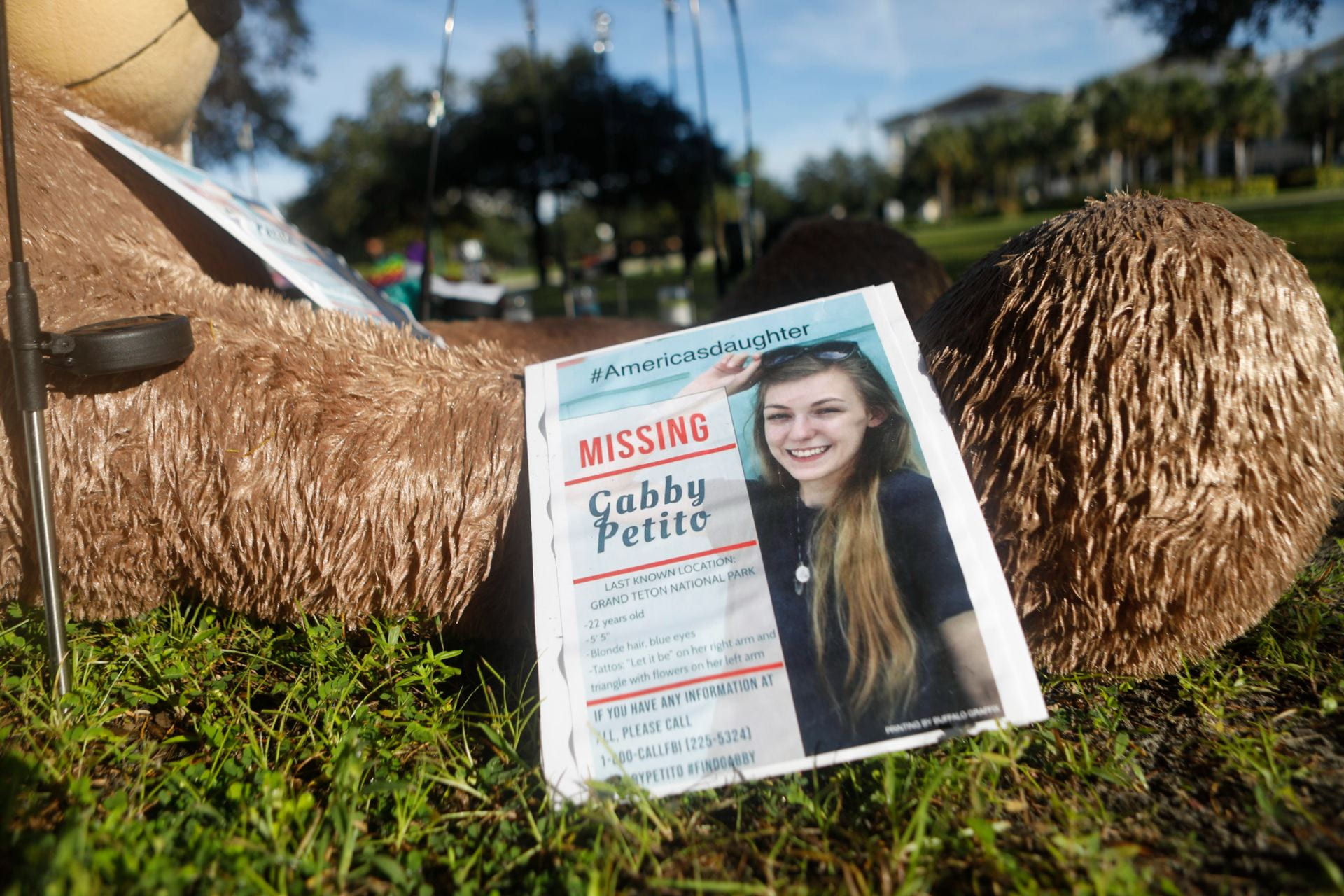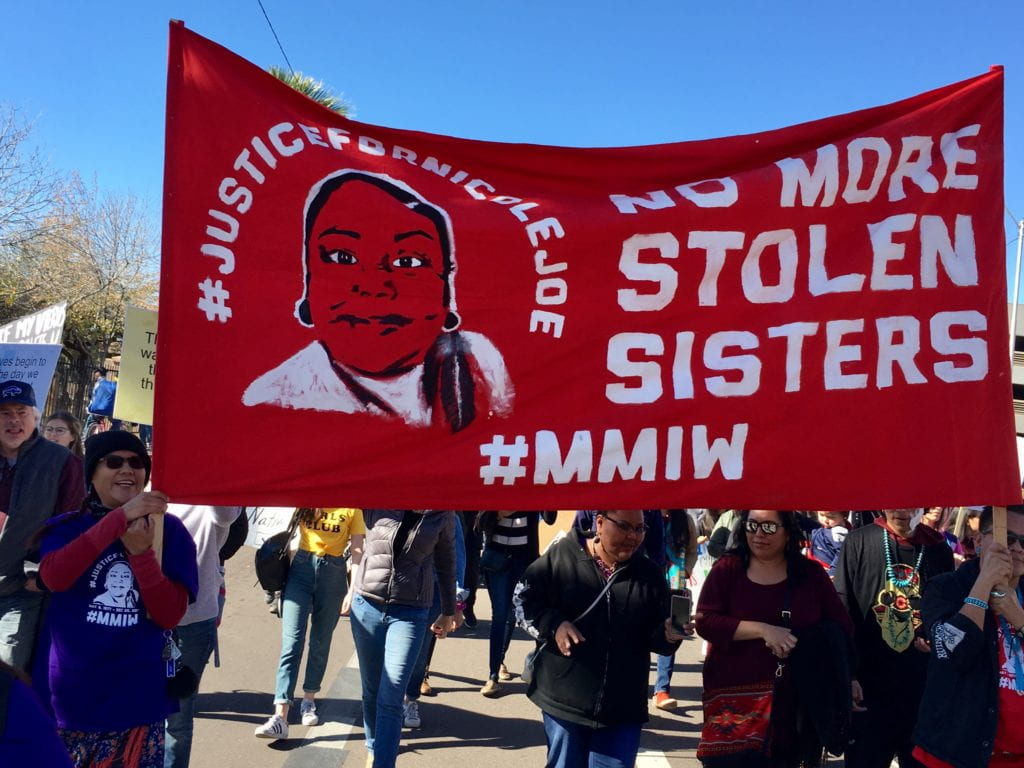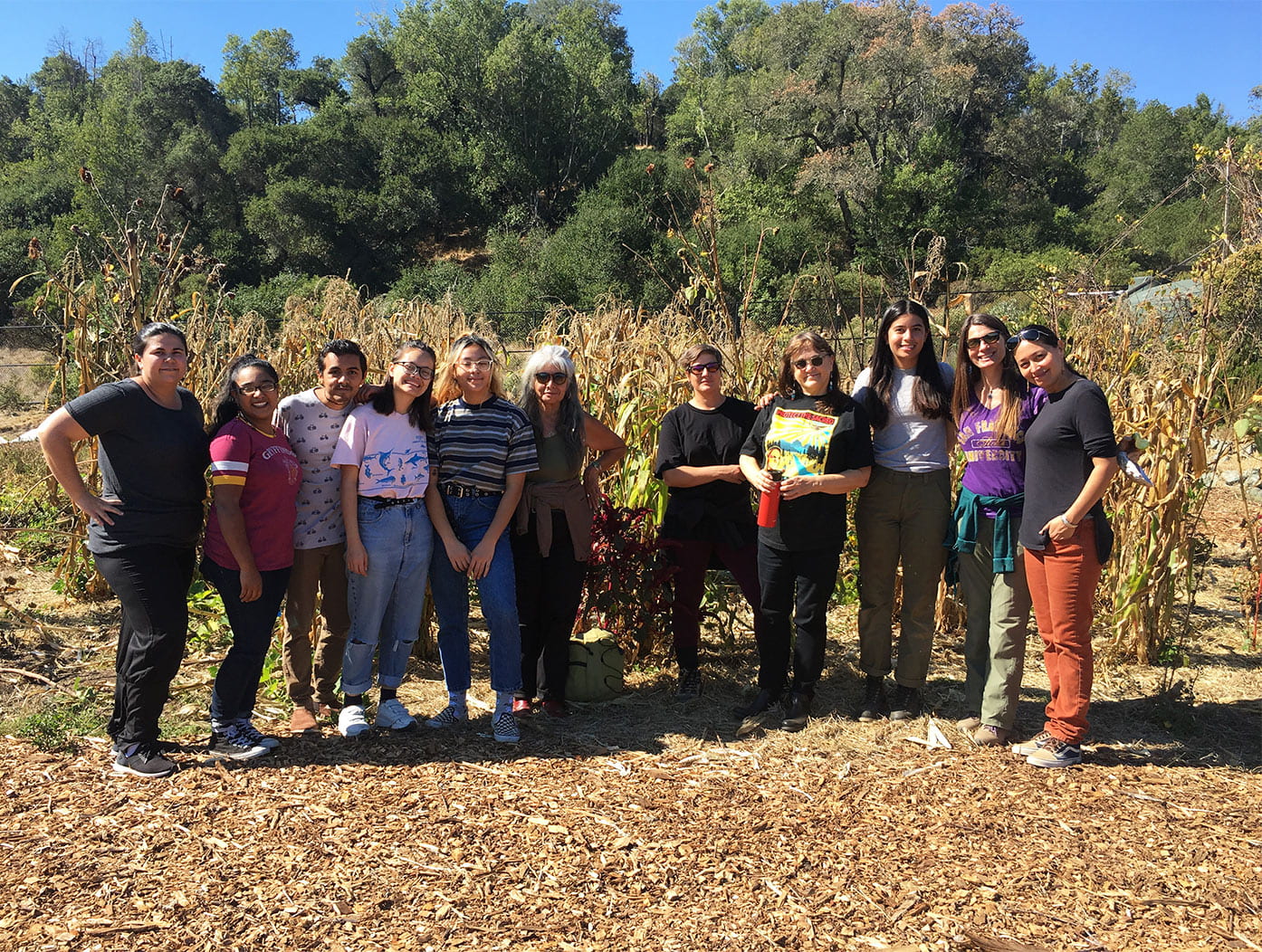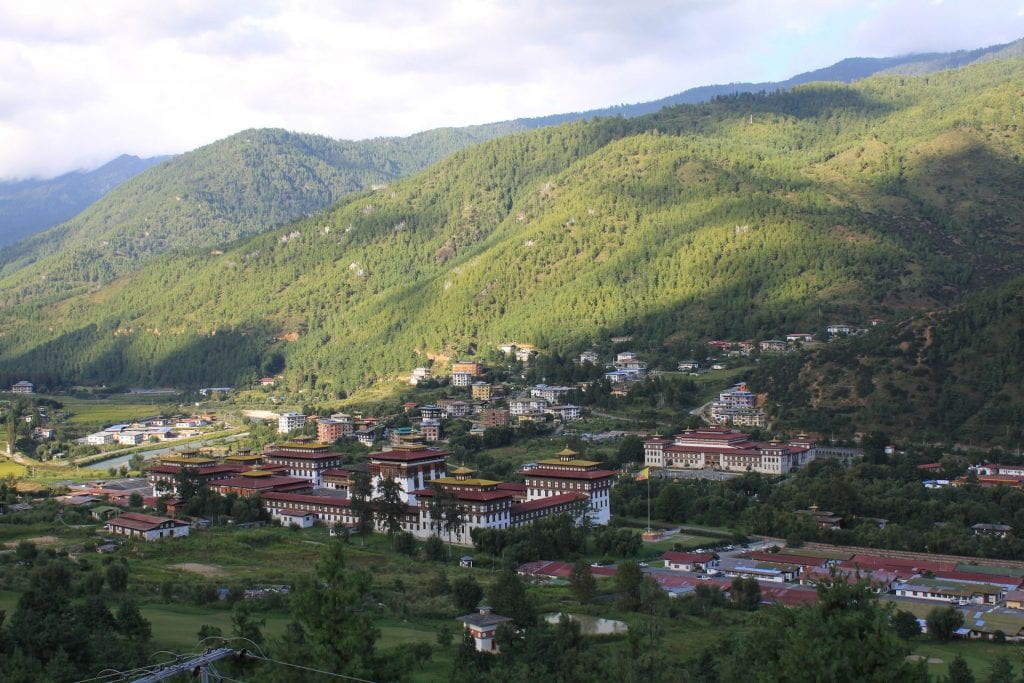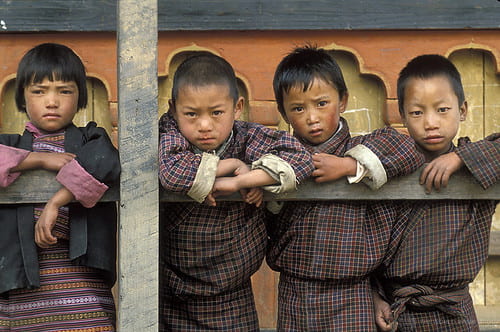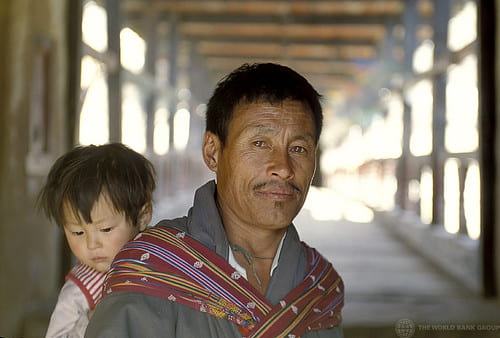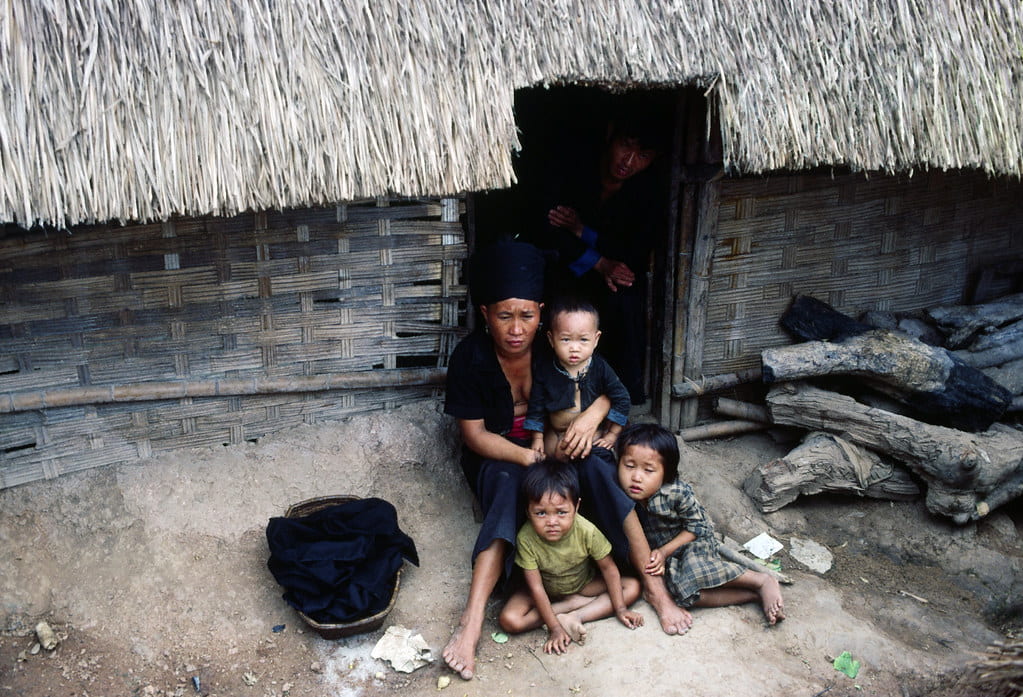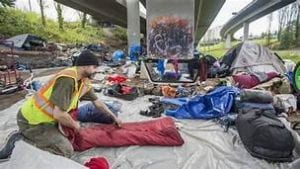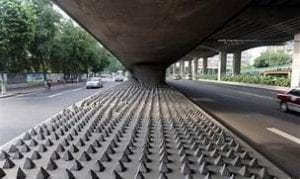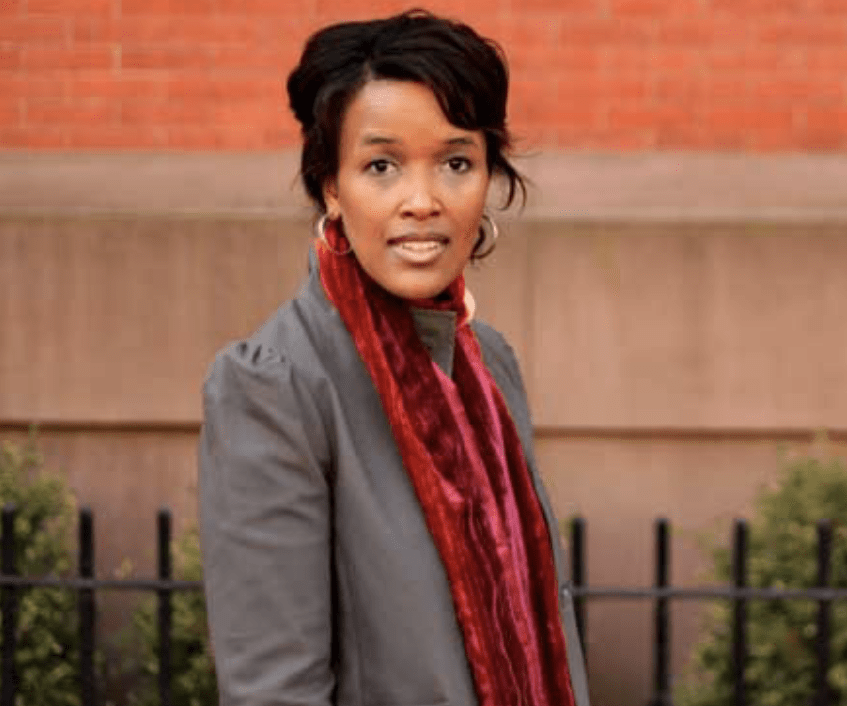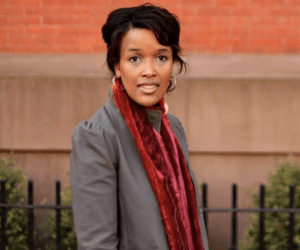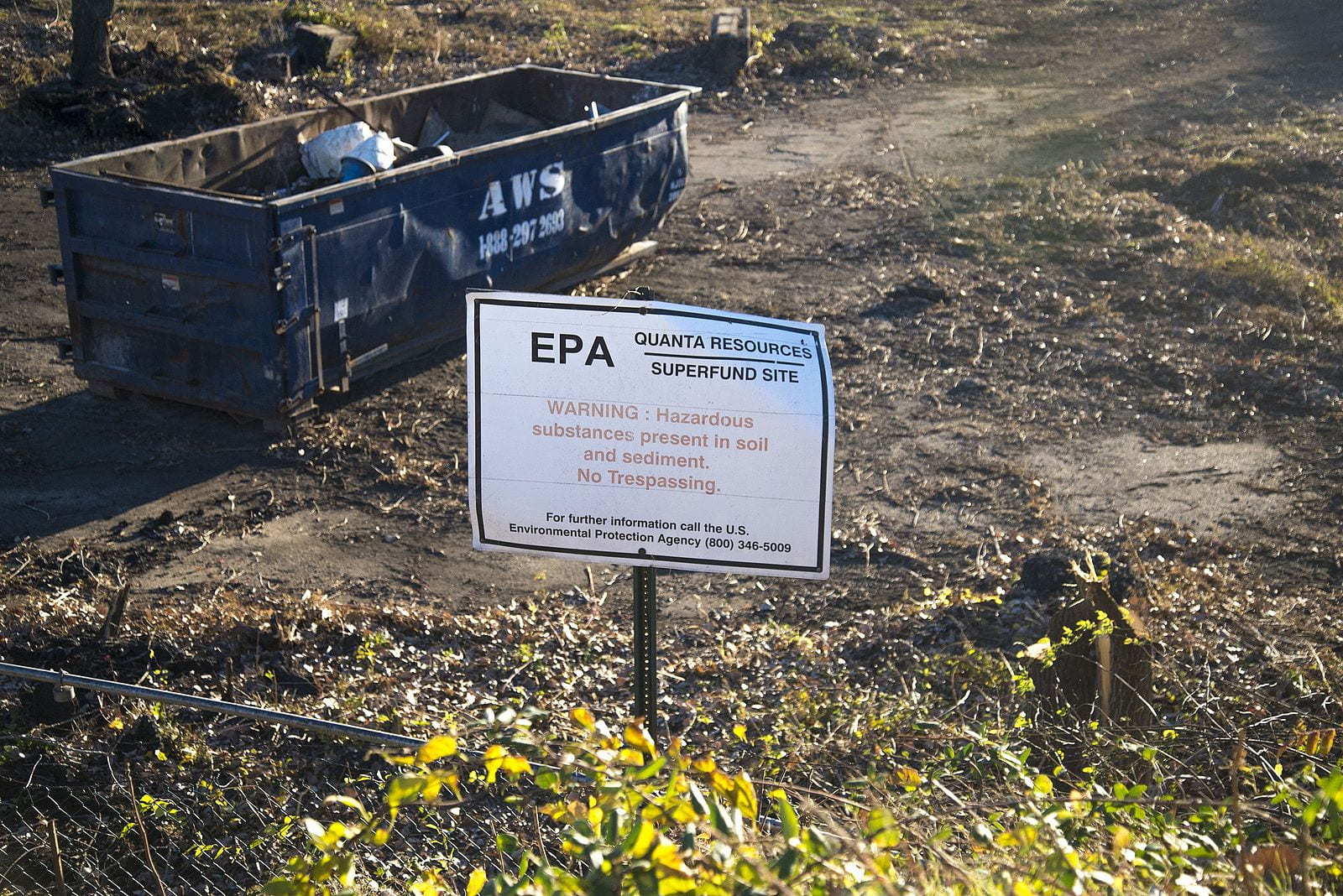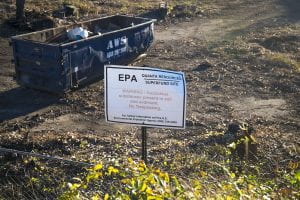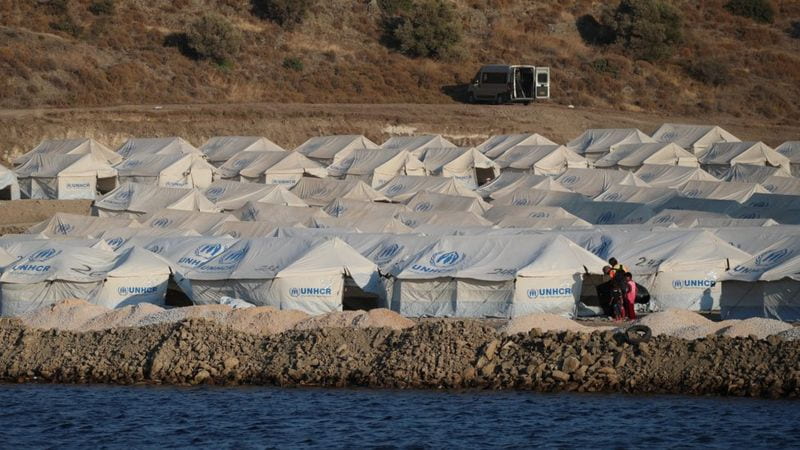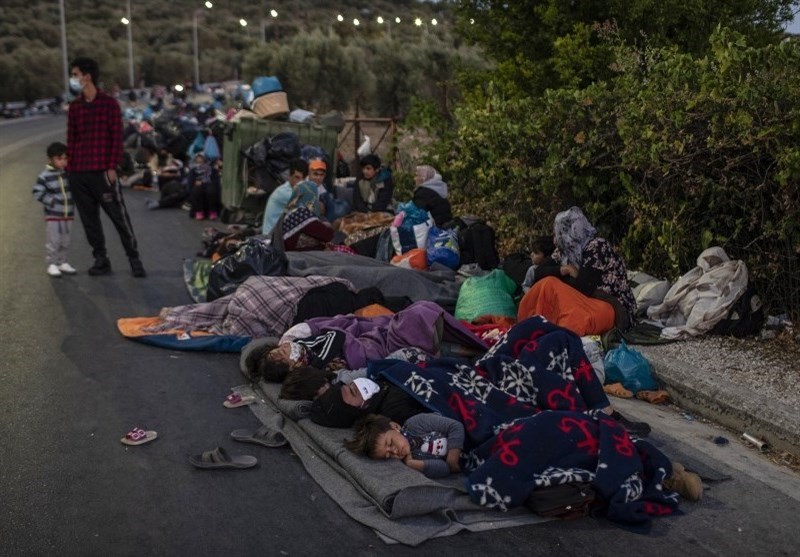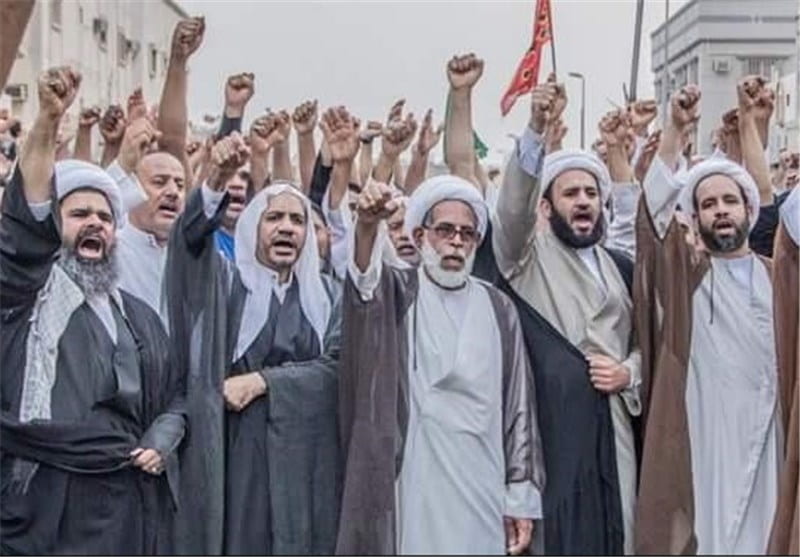Afghanistan’s healthcare infrastructure is crumbling after its foreign assets were frozen and donor organizations pulled funding after the Taliban takeover. The Taliban is a Pashtun Islamic extremist group that is known for imposing strict religious and conservative rule over their areas of operation including Afghanistan and Pakistan. The organization previously served as the government for southern Afghanistan in 1996-2001 during which the healthcare system had collapsed. The child mortality rate was 2x as high as it was in 2012 and polio was widespread. Safe drinking water and sanitation were also nonexistent.
Over the past two decades, non-governmental organizations (NGOs) have historically provided 75% of the funding and supplies to support the healthcare systems in 31 out of the 34 provinces of Afghanistan. As a result, the Middle Eastern country has seen enormous improvements in the healthcare system. As of 2018, with over 3,000 medical facilities staffed and supplied, about 87% of the population were able to receive services. Maternal and child mortality rates also plummeted and infectious disease treatment programs helped decrease mortality rates.
International donor support started declining even before the Covid-19 pandemic, and Afghanistan’s Ministry of Health and other public health organizations were barely able to compensate. The economic decline at the onset of the pandemic made medical resources even more scarce. Hospitals began charging payment for supplies such as meals and scalpels previously free to patients, and patients were forced to use their own money to buy surgical equipment. In April 2021, President Biden announced that the United States would withdraw all of their 2,500 troops from the Afghanistan, triggering the entire NATO (North American Treaty Organization) alliance to withdraw a total of 7,000 troops. The process was completed in mid-September. Shortly thereafter, the Taliban rose to power once again in Afghanistan.

The World Bank then froze $600 million in health care aid funded by the US Agency for International Development, the European Union, and others. The $600 million was part of the Sehatmandi project, a global initiative to increase health facilities in Afghanistan, which was a collaboration with the Afghanistan government. The withdrawal shut down 2000 of the 2800 facilities that the project previously funded, leaving healthcare workers and patients out in the wind. Currently, healthcare workers have not received payment in 6 months and do not know when they will receive payment. Many patients struggle to reach the remaining facilities because the trip there is either unaffordable, geographically dangerous, too far, or the route is lined with Taliban conflict.
If provided now, donors feared that donations and allocations would be misused by the Taliban to generate income for the militant group instead of for healthcare problems. There is speculation that if the funds are released, wages will never reach workers and medical supplies will be bought then sold to the public at astronomical prices. All entities are waiting on instructions or action from other governments to search for a way to transfer donations in order to circumvent the regime’s administration.
Healthcare for Children
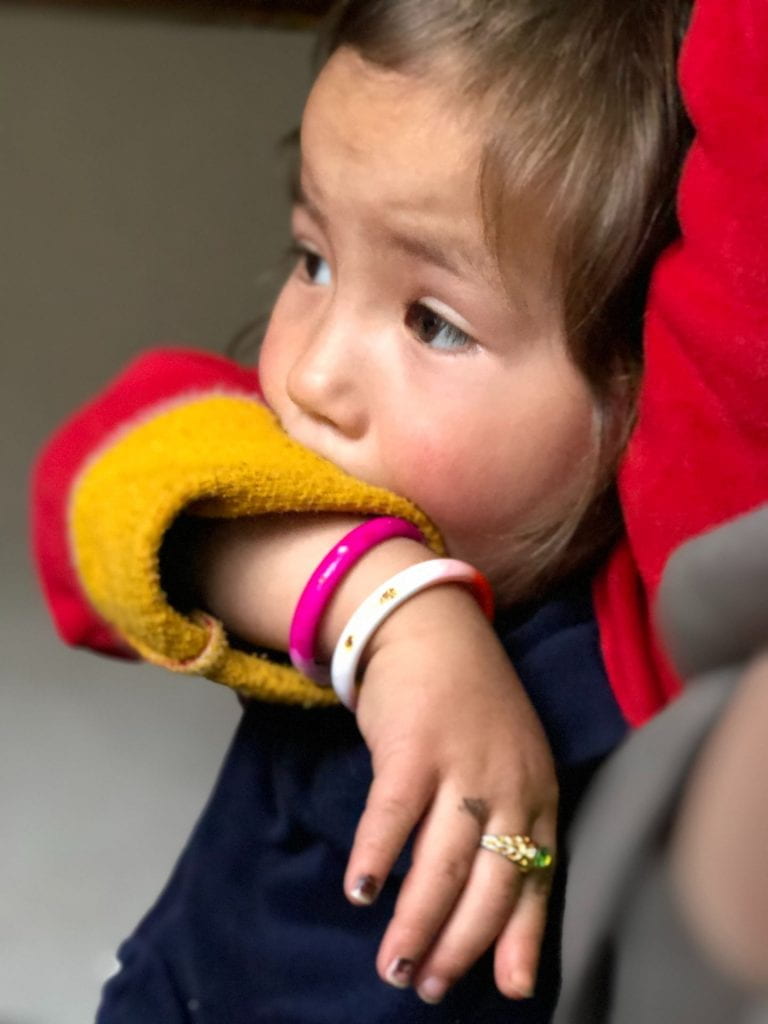
Hunger is becoming more widespread as inflation rates climb and supply chains grow unsteady. The Integrated Food Insecurity Phase Classification (IPC) reported that half of Afghans will face acute food insecurity before winter arrives.
Malnutrition and malnutrition-related illnesses are far more dangerous than any other disease for children. Specific types of malnutrition called acute severe malnutrition and child kwashiorkor, a severe protein deficiency, is prevalent in Afghanistan and are caused by eating too little food or not at all. It can be treated by administering Ready To Use Therapeutic Food (RUTF) and oral hydration therapy. Over 2 million children under 5 years old do not have access to this life saving treatment in Afghanistan. At least half of the children in the country are victims of malnutrition and in light of the food scarcity, mothers unable to produce breastmilk have resorted to feeding infants water mixed with sugar.
Staffing shortages are also insurmountable. Nurses and doctors fled the country fearing what the Taliban’s takeover could mean for their lives. In the main children’s hospital in Kabul, nurses previously caring for 4 babies now have to care for 24 babies each while hospital staff try to squeeze 3 infants into 1 incubator due to equipment shortages. Current staff are overworked and still have to take up jobs at other institutions to get by. Medicinal needs are also not being met for children and adults. Drug cabinets and storage closets become emptier every day as the influx of patients has depleted the resources faster than can be transported into the country.

Women’s Health
The aid cuts have also decreased access to essential healthcare resources for women and girls, including contraception and family planning. Many women carry out risky pregnancies and are subjected to unsafe reproductive procedures without modern medical equipment. Prenatal and postnatal care for infants is not provided, and postpartum care for new mothers is nonexistent. Despite the labor shortages, a great deal of responsibilities for maternal health clinics are on the backs of midwives. Midwives continue to perform complicated surgeries, dangerous deliveries, and other reproductive procedures.
Expensive medicines and transportation to clinics for health problems are not feasible for the majority of Afghan women. Beginning in early 2017, extremist groups turned their sights on medical facilities in Afghanistan, which led to increase of attacks on aid workers, doctors, and hospitals. Mounting fear against staying in maternity clinics has also driven many women away from seeking help.
Covid-19 Pandemic
The lack of data and accountability in Afghanistan makes it difficult to comprehend the extent to which the virus has contributed to the death rate. Around the world, Covid cases are increasing, and the Afghan population is largely unvaccinated. According to the latest data from the United Nations, only 2.2 million of 39 million individuals have been vaccinated, while 1.8 million doses are waiting to be distributed.
Public health experts worry that an impending 4th wave of the disease will render the healthcare infrastructure irreparable. Dead bodies line hospital morgues and overflow into the outside corridors as the lack of fuel has stopped ambulances from operating. Many sick patients suffering from Covid don’t bother coming to hospitals, because they know they would not be able to receive medical assistance. Hospitals, private practices, and clinics are resorting to hastily assembling makeshift wards outside hospitals to accommodate Covid patients.
The healthcare situation in Afghanistan has been worsening for years, and in light of the looming public health disaster, much more support from the international community is needed. The snowball effect of international neglect will continue unless major monetary, political, economic, and healthcare interventions are considered. Nonprofit health organizations such as Doctors Without Borders have been tackling both maternal and child healthcare as well as managing Covid cases in 5 provinces, but people can help by donating to Doctors Without Borders, United Nations Children’s Fund (UNICEF), and increasing awareness for the healthcare crisis in Afghanistan.
